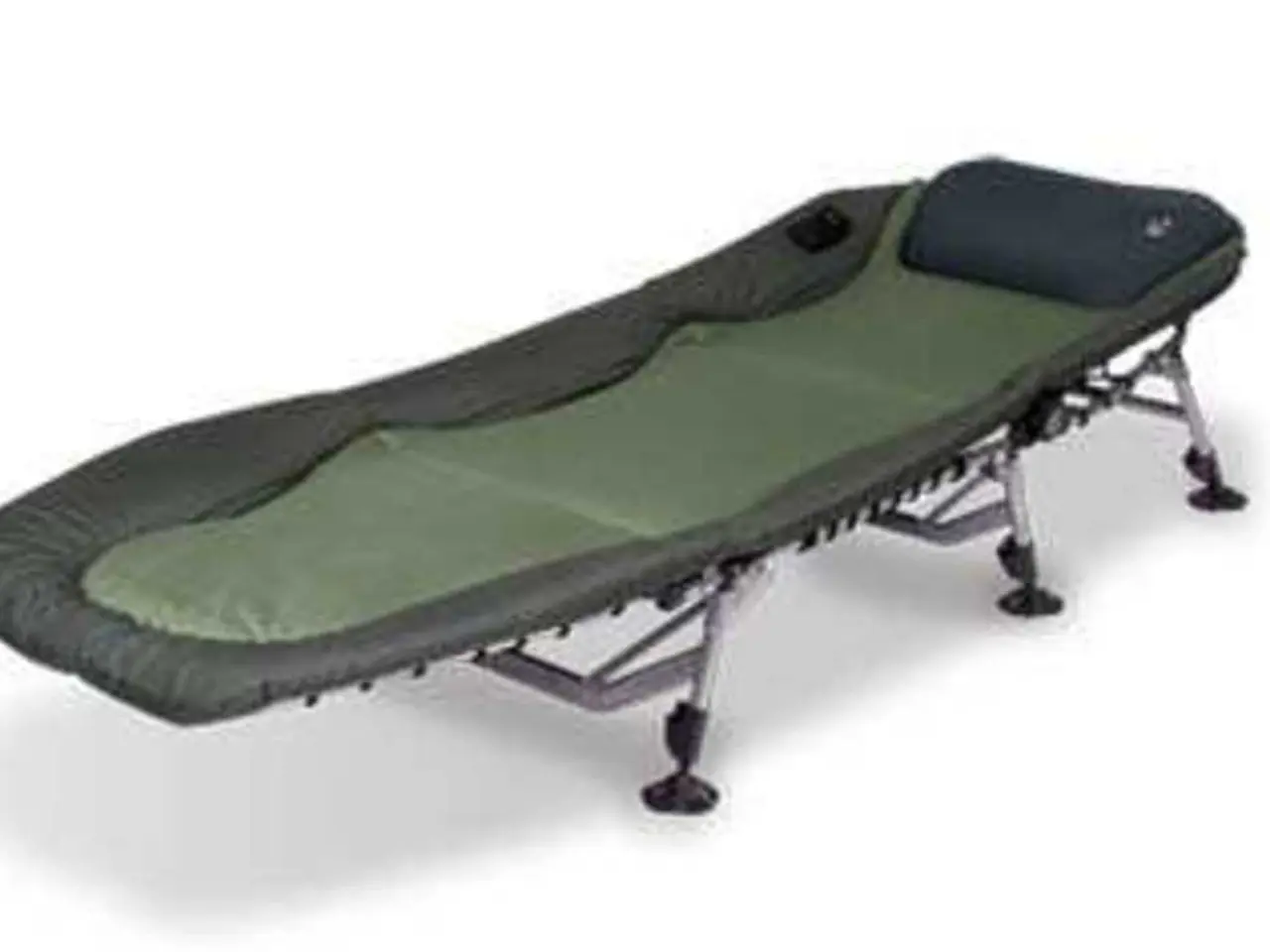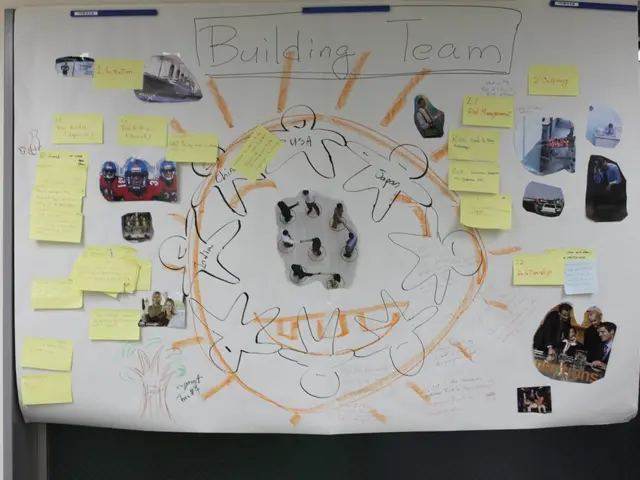"Workouts to Ease Muscle Stiffness"
## Effective Exercises and Stretches for Spasticity Management
Managing spasticity, a common side effect of certain neurological conditions, necessitates a tailored approach that combines gentle stretching, strengthening, balance, and relaxation techniques. This comprehensive guide provides evidence-based exercises and stretches for the upper limbs, lower limbs, head/neck, and trunk, suitable for individuals living with conditions such as multiple sclerosis and spinal cord injury.
## Upper Limb Spasticity
Gentle, sustained stretching of the shoulder, elbow, wrist, and finger muscles can reduce stiffness. For example, extend the elbow with the forearm supinated and gently stretch the wrist and fingers into extension. Hold each stretch for 20–30 seconds, repeating several times daily. Proprioceptive Neuromuscular Facilitation (PNF) techniques, such as contract-relax (CR) and contract-relax-antagonist-contract (CRAC), can increase flexibility and reduce spasticity in the shoulders, elbows, and wrists. Range of Motion (ROM) exercises, light resistance exercises, and relaxation techniques like controlled breathing and visualization can also help manage upper limb spasticity.
## Lower Limb Spasticity
Seated hamstring and calf stretches are particularly effective for lower limb spasticity. For calf tightness, use a strap or towel to gently pull the foot into dorsiflexion while seated with the leg extended; hold for 20–30 seconds. Strengthening exercises such as seated leg extensions, wall squats, and hip bridges help maintain strength in the quadriceps, hamstrings, and glutes. Balance and coordination exercises, like tandem stance, side steps, and weight shifts on a foam pad, improve proprioception and stability. PNF stretches can be applied to the hamstrings, quadriceps, and calf muscles to enhance flexibility.
## Head and Neck Spasticity
Slow, controlled neck stretches in all directions can reduce stiffness in the head and neck. Avoid forceful movements; hold each stretch for 15–20 seconds, repeating 2–3 times. Active or assisted neck rotations and tilts maintain mobility, while proper positioning during daily activities ensures the head is well-supported. Relaxation techniques like diaphragmatic breathing and progressive muscle relaxation can alleviate tension in the neck and shoulders.
## Trunk Spasticity
Gentle side bends and trunk rotations help stretch tight trunk muscles. Core strengthening exercises support postural control and reduce compensatory spasticity. PNF techniques can be applied to the trunk, especially for individuals with significant spasticity. Proper seating posture, using cushions for lumbar support and ensuring hips and knees are at 90 degrees, helps manage trunk spasticity during prolonged sitting.
## General Guidelines
- Daily stretching and ROM exercises, with strength training 2–3 times per week for major muscle groups, are recommended. - Always perform exercises with support if balance is impaired. Use mobility aids as needed to maintain safety and independence. - Gradually increase the intensity and duration of exercises as tolerated, with guidance from a physical therapist. - Incorporate techniques such as controlled breathing, mindfulness, and relaxation training to manage muscle tone.
## Summary Table
| Muscle Group | Key Exercises & Stretches | Additional Strategies | |------------------|--------------------------------------------------|-------------------------------------| | Upper Limbs | Gentle stretching, PNF, ROM, light strengthening | Relaxation, proper positioning | | Lower Limbs | Calf/hamstring stretches, single-leg stands, heel/toe walks, PNF | Balance work, mobility aids | | Head/Neck | Controlled neck stretches, ROM, postural training | Relaxation, diaphragmatic breathing | | Trunk | Side bends, trunk rotations, core strengthening | Seating posture, PNF |
These approaches, when consistently applied, can significantly reduce spasticity, improve comfort, and enhance functional mobility across all affected muscle groups. Always consult with a healthcare professional before starting a new exercise regimen, especially if spasticity is severe or accompanied by other neurological symptoms. A neurologist or physiatrist may be necessary for those with severe spasticity to decide on equipment, techniques, or movements.
- The management of spasticity, a common side effect of certain neurological conditions like multiple sclerosis and spinal cord injury, involves a combination of health-and-wellness practices such as gentle stretching, strengthening, balance, and relaxation techniques.
- In the case of upper limb spasticity, gentle, sustained stretching of the shoulder, elbow, wrist, and finger muscles, along with Proprioceptive Neuromuscular Facilitation (PNF) techniques and Range of Motion (ROM) exercises, can help reduce stiffness.
- For lower limb spasticity, seated hamstring and calf stretches, strengthening exercises like seated leg extensions and hip bridges, and balance and coordination exercises are effective in improving proprioception, stability, and flexibility.
- When dealing with head and neck spasticity, slow, controlled neck stretches in all directions can reduce stiffness, and relaxation techniques such as diaphragmatic breathing and progressive muscle relaxation can alleviate tension.





